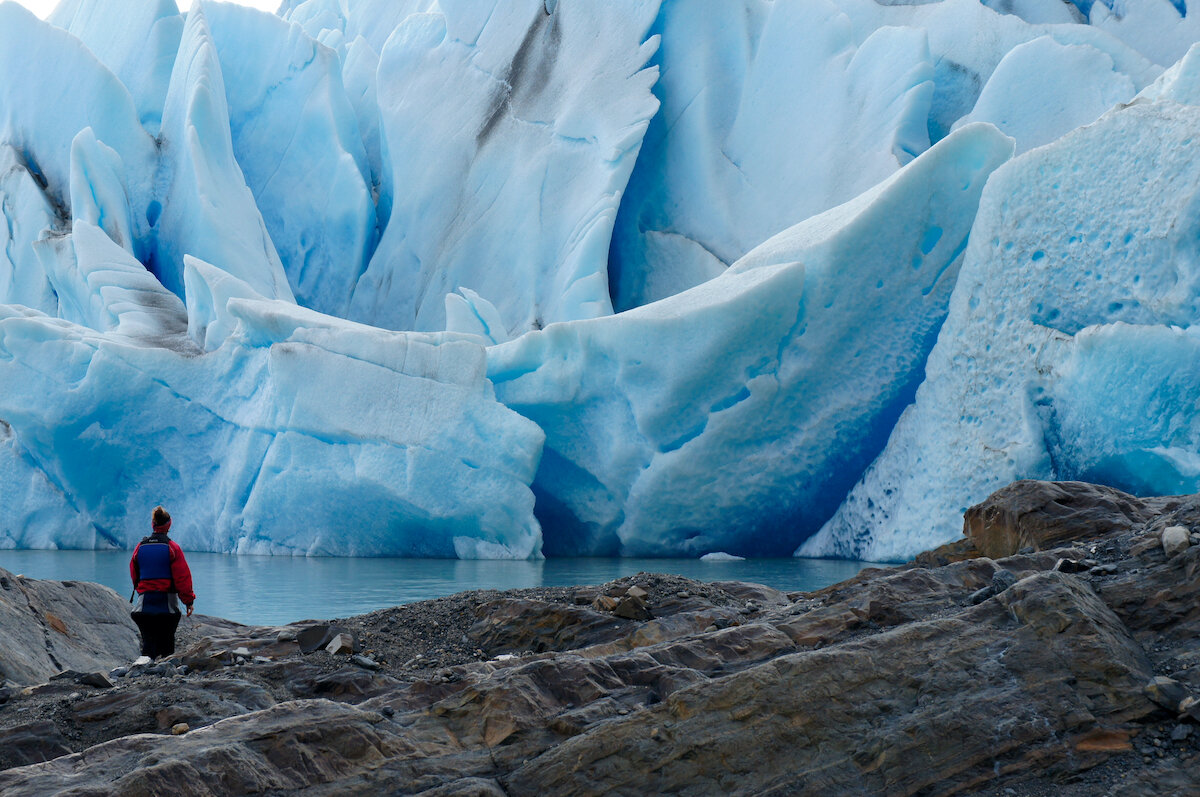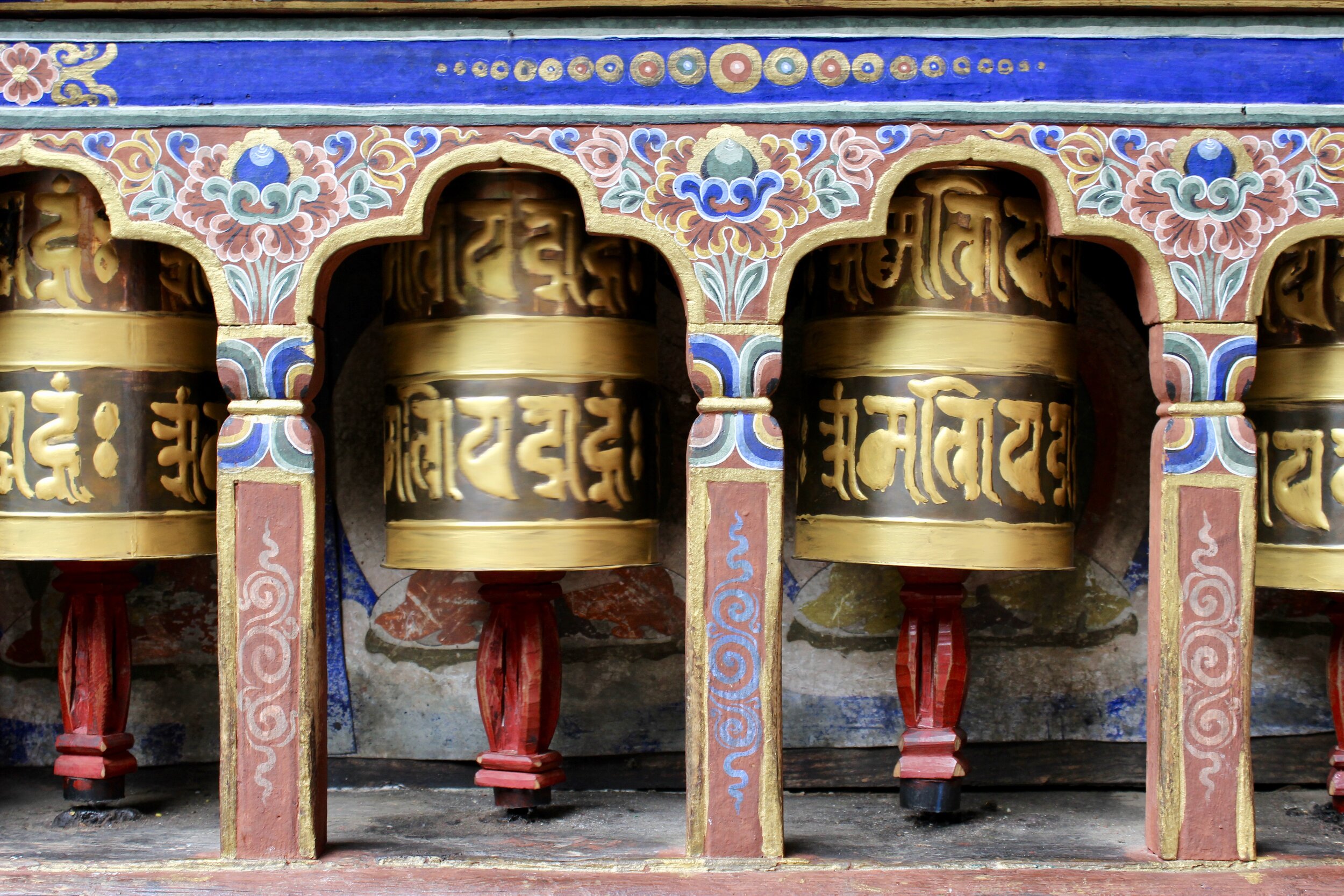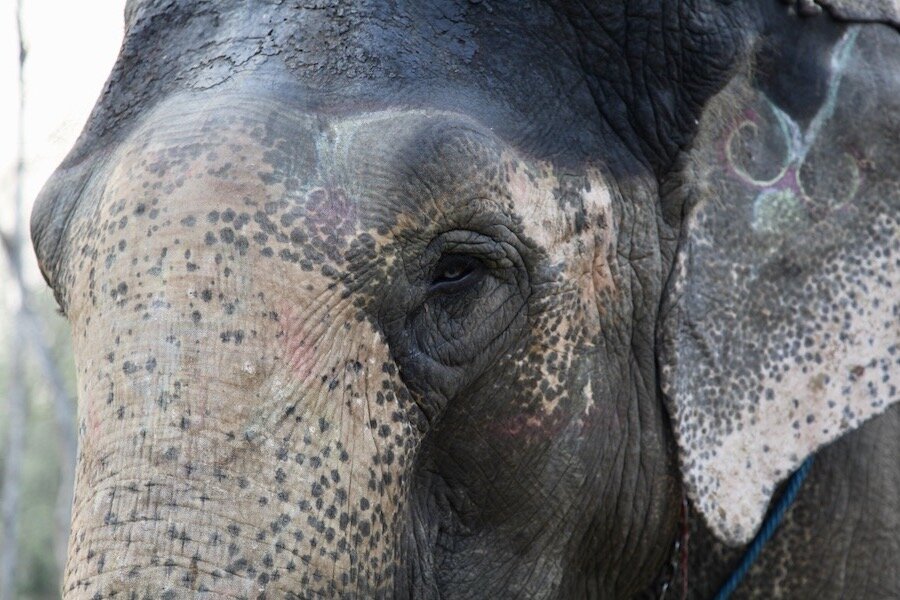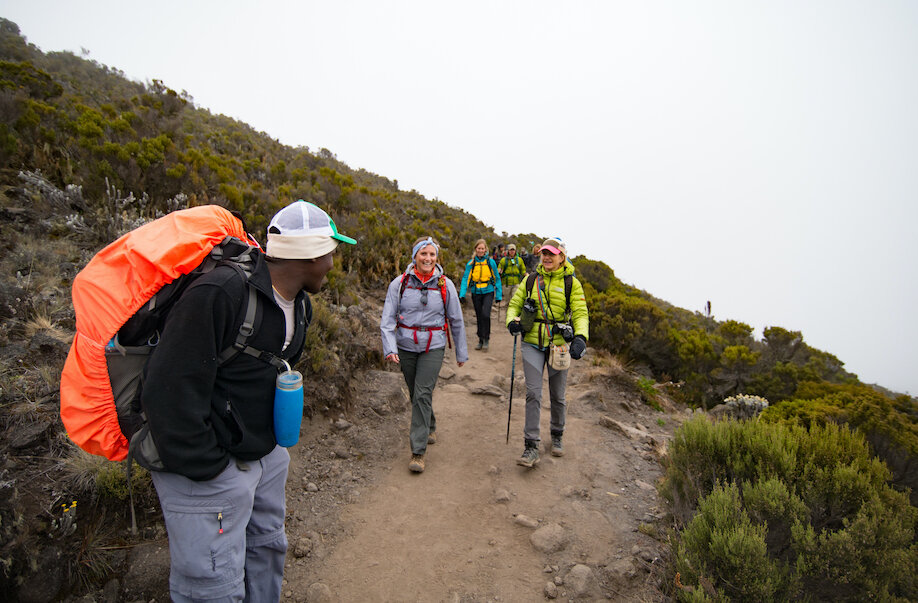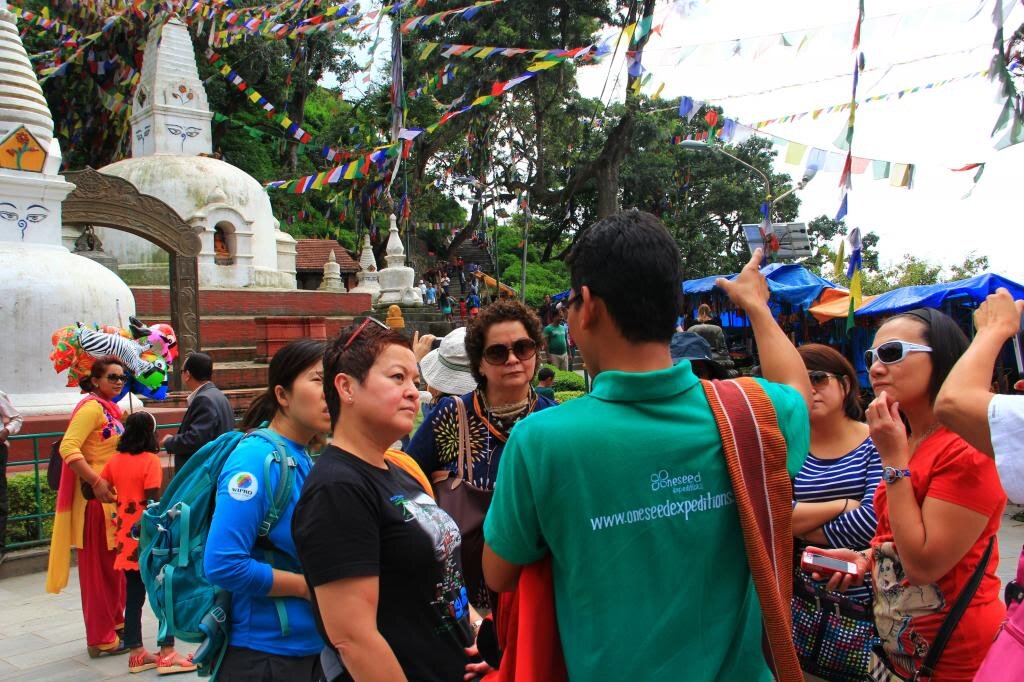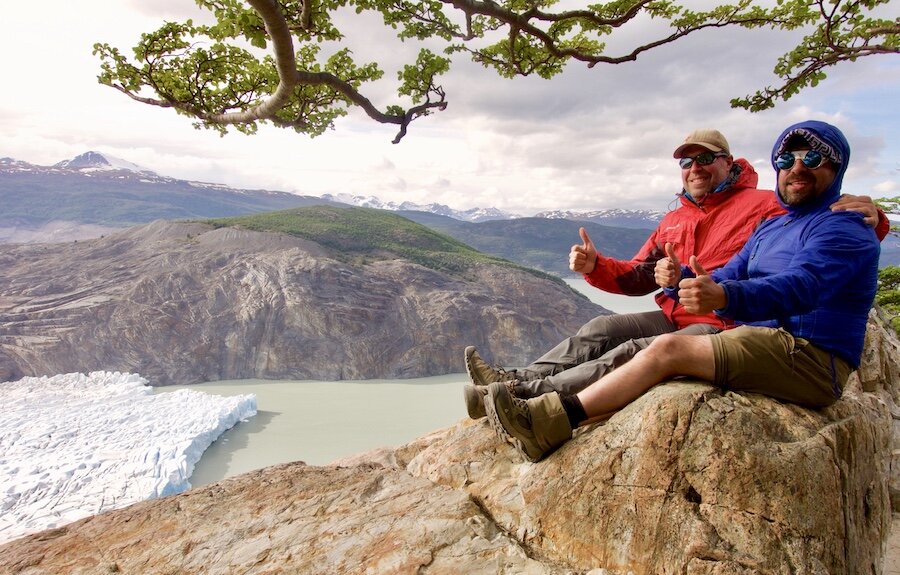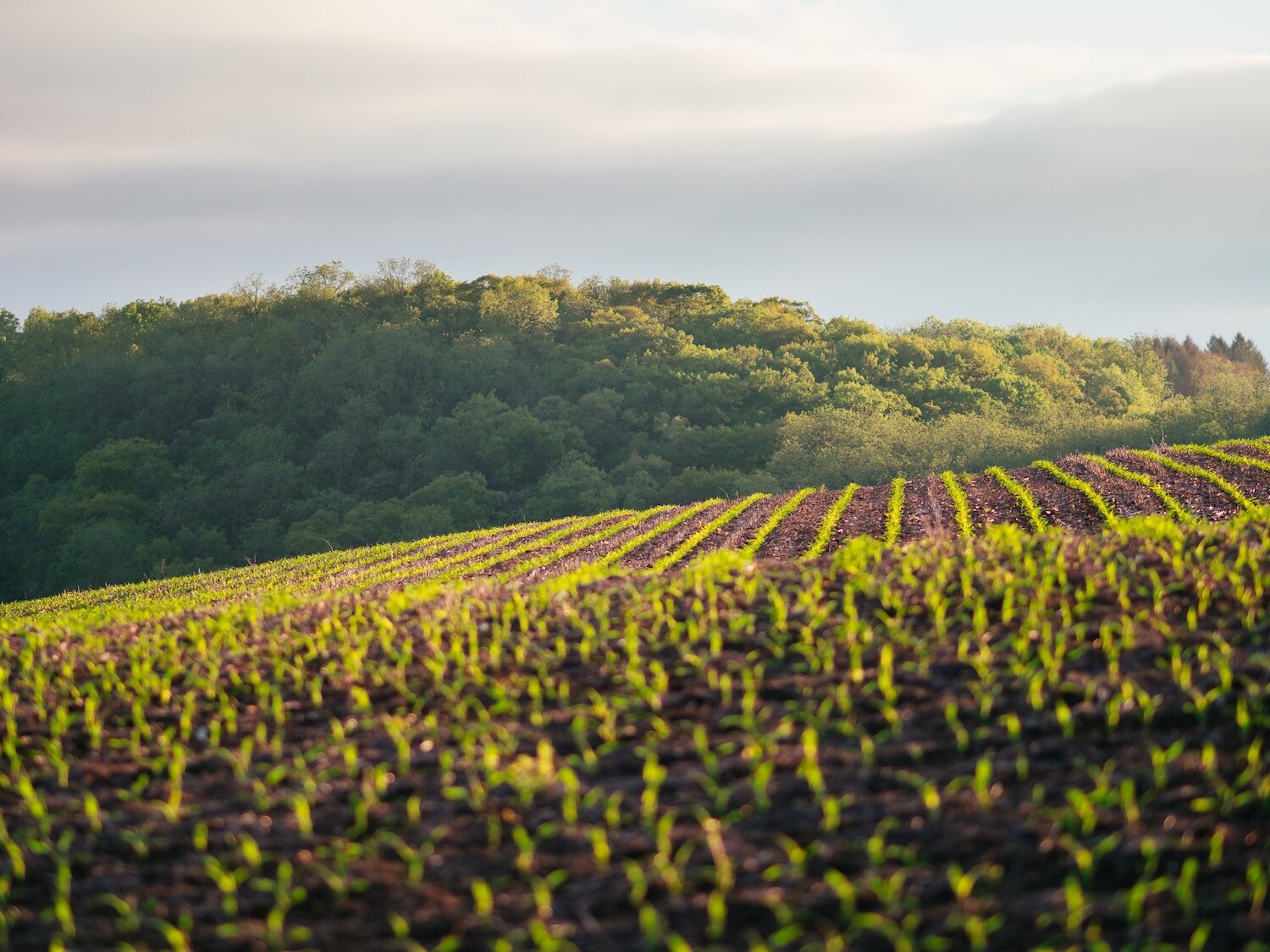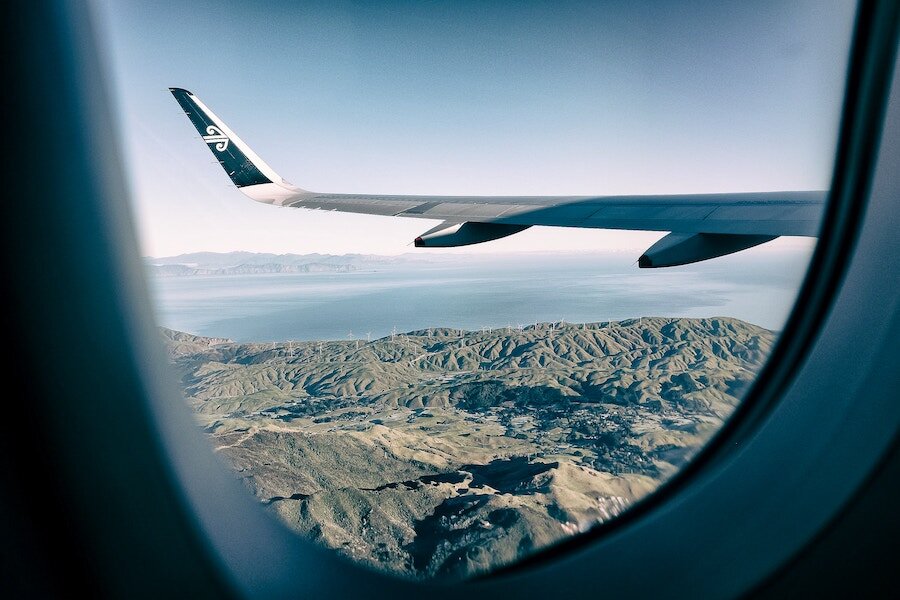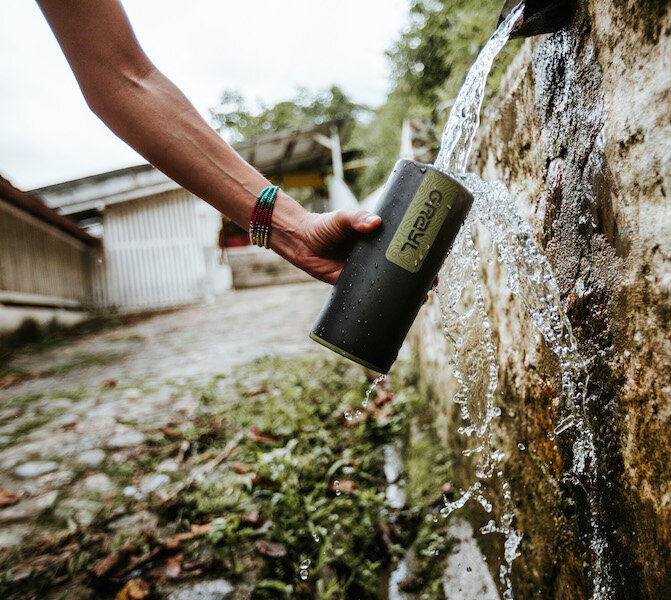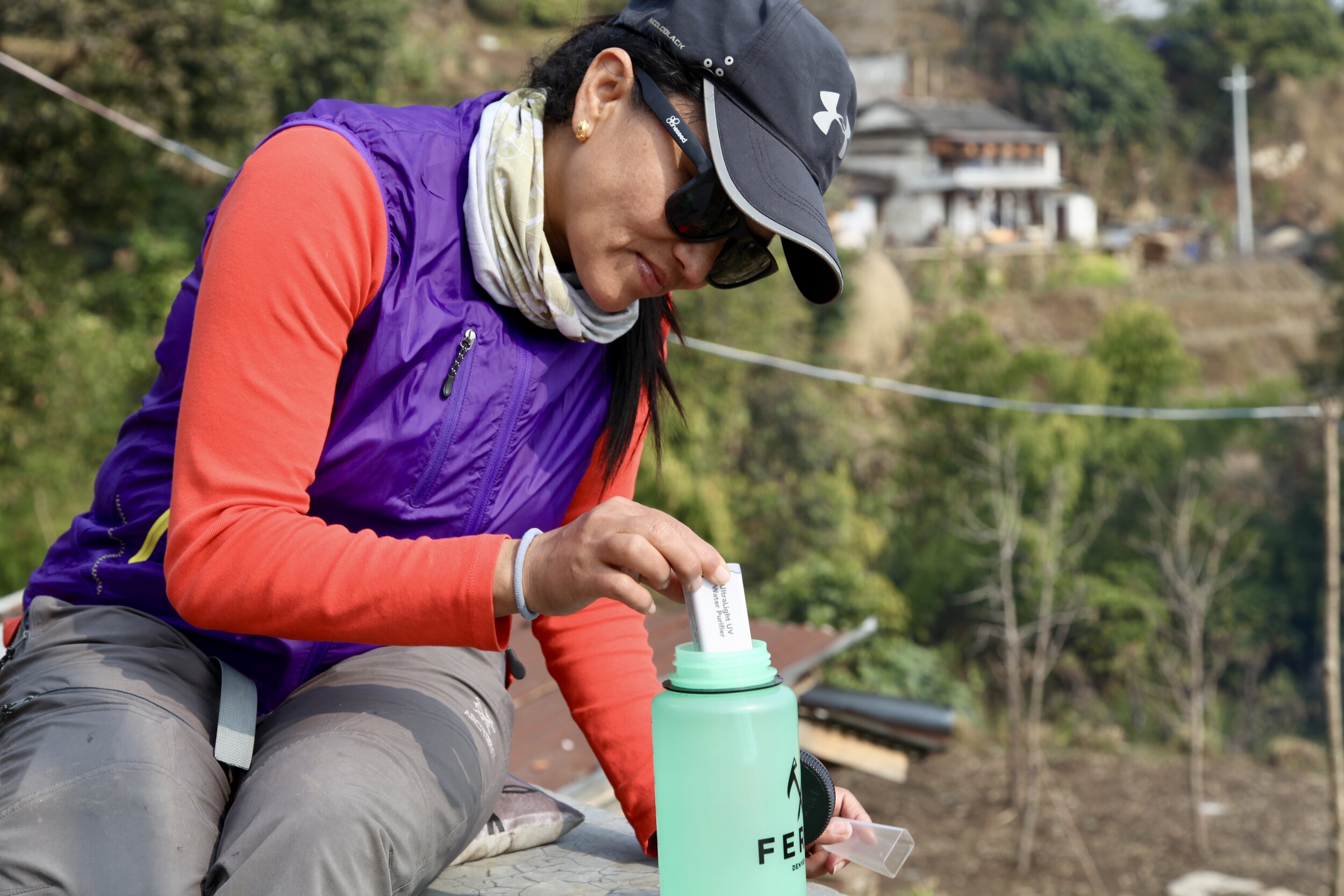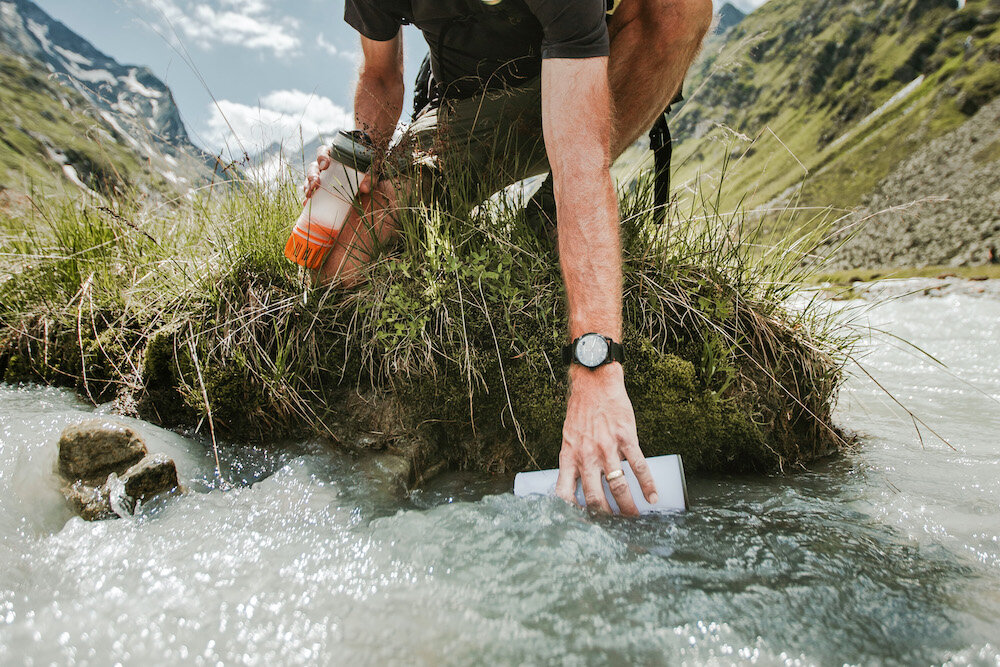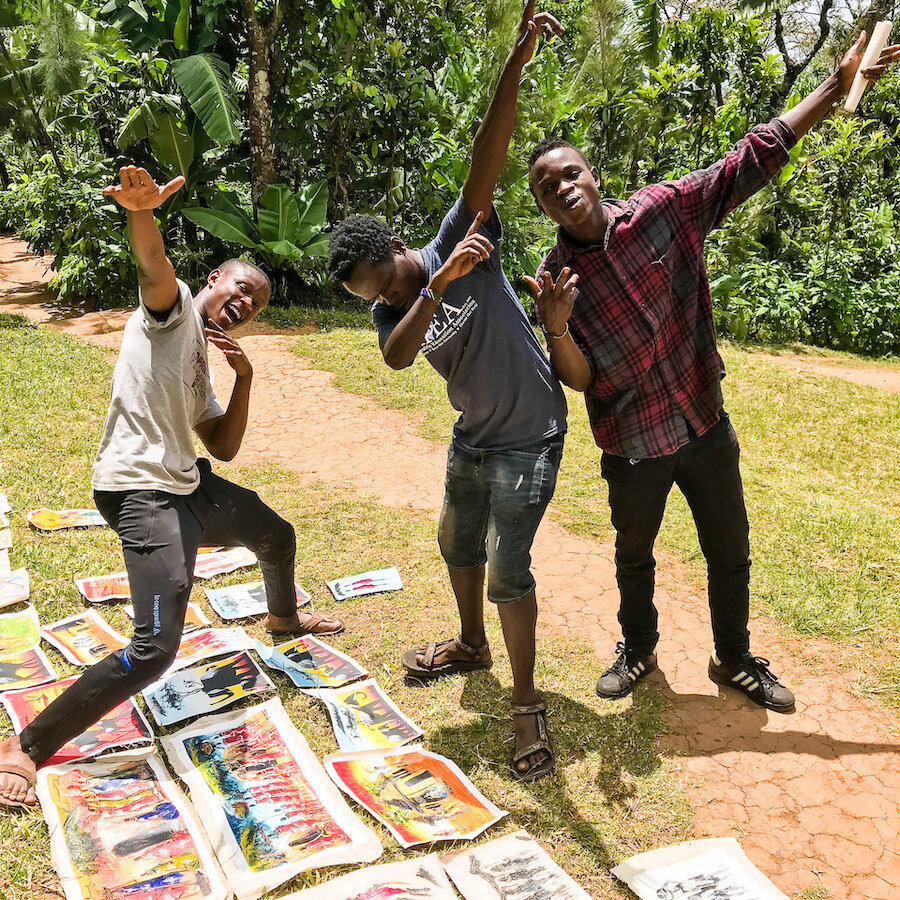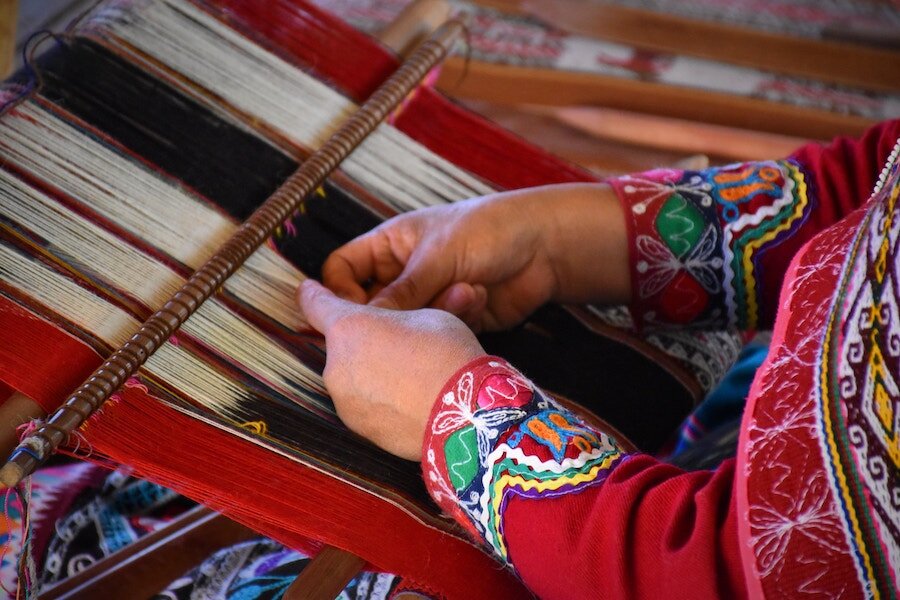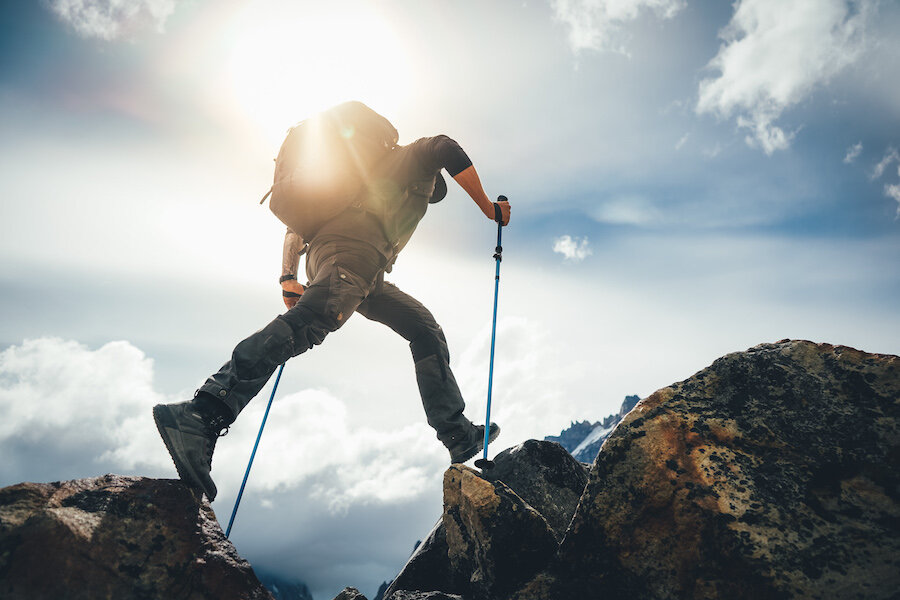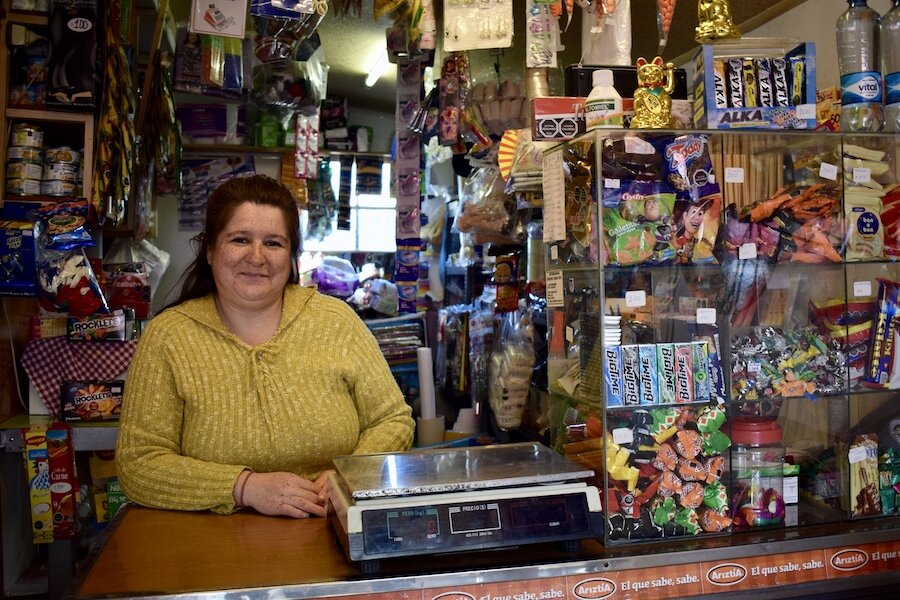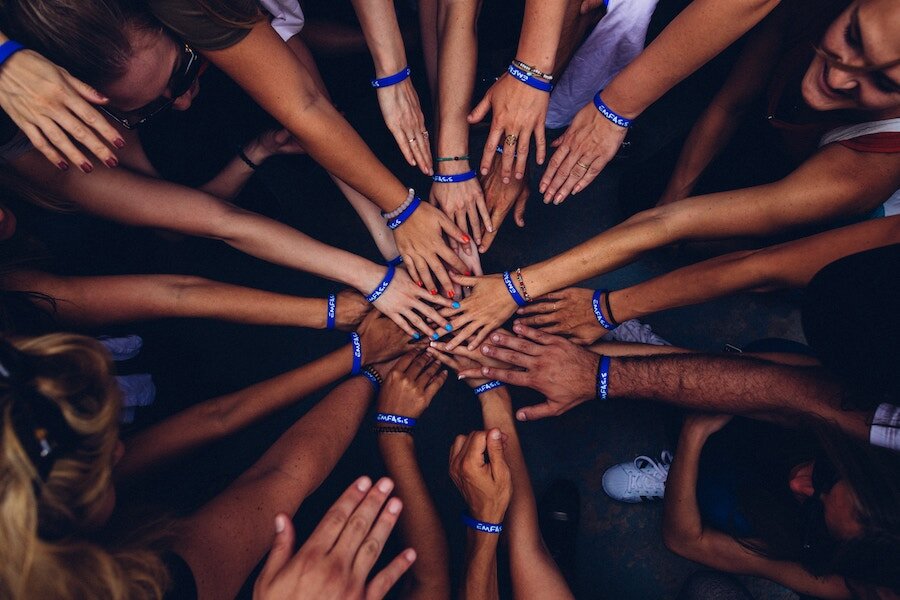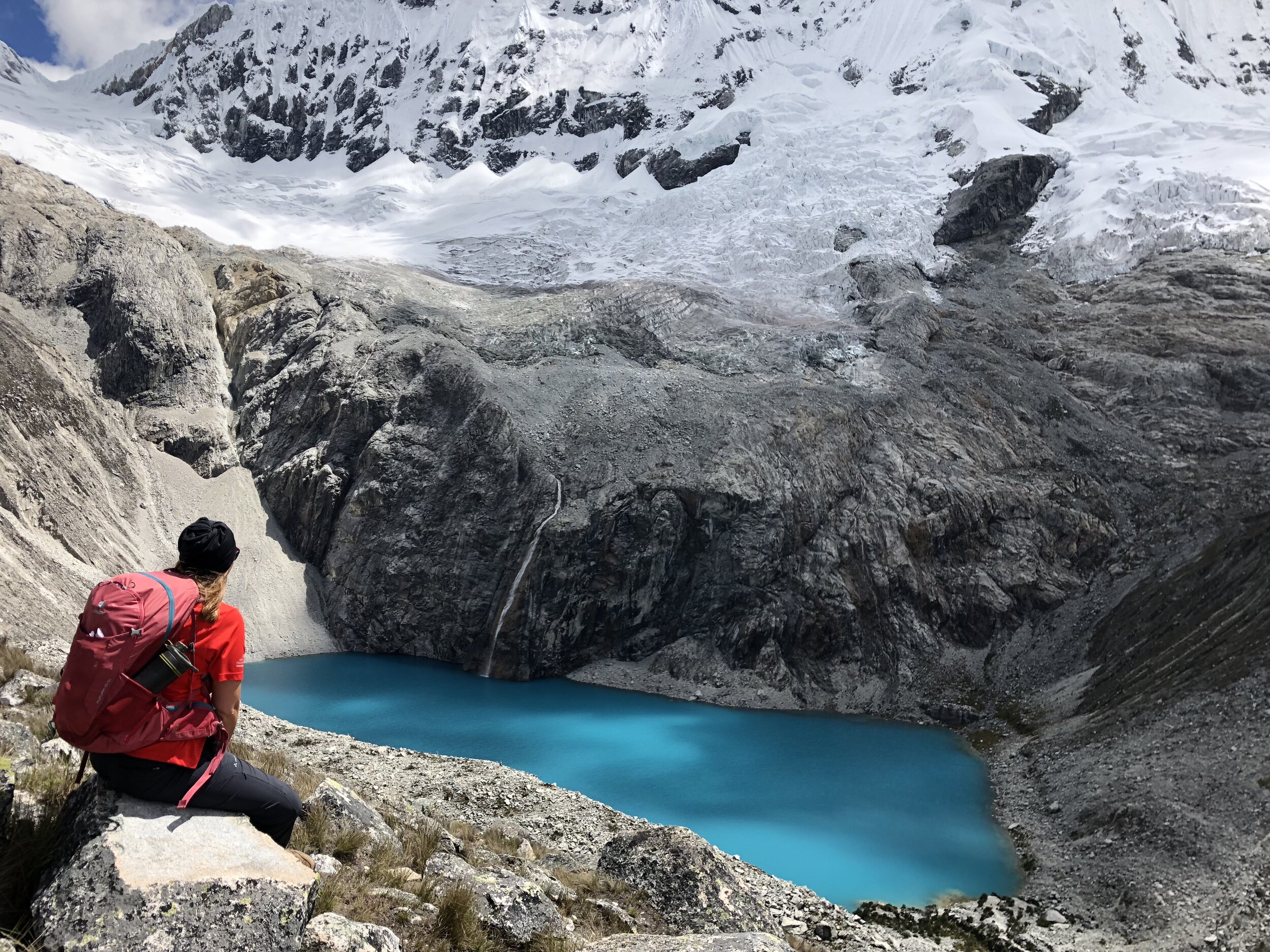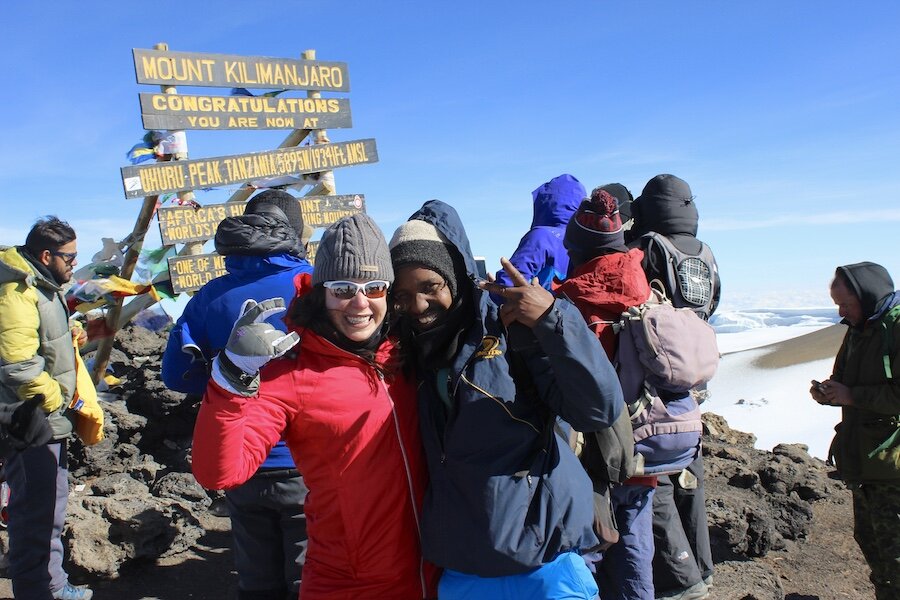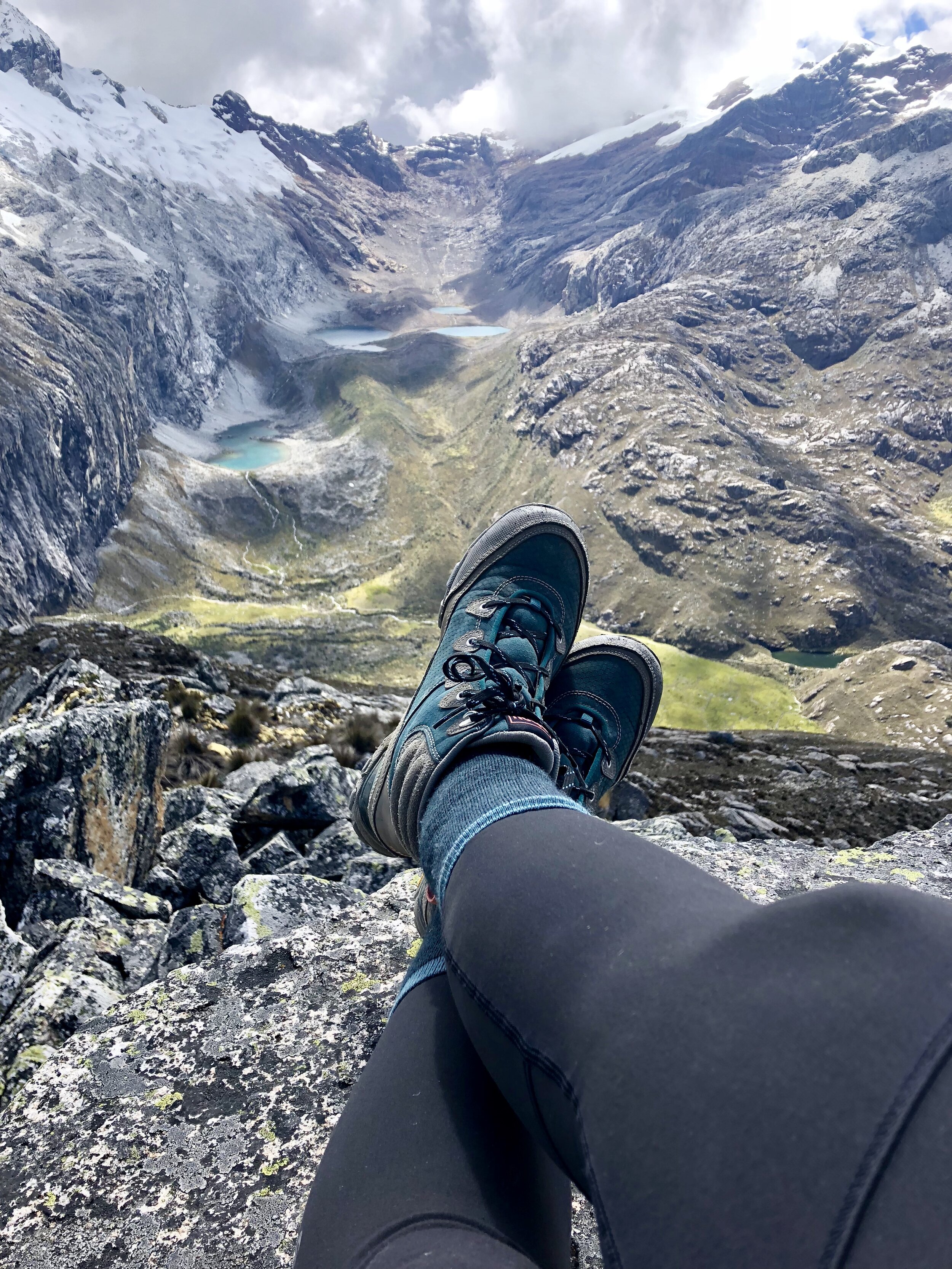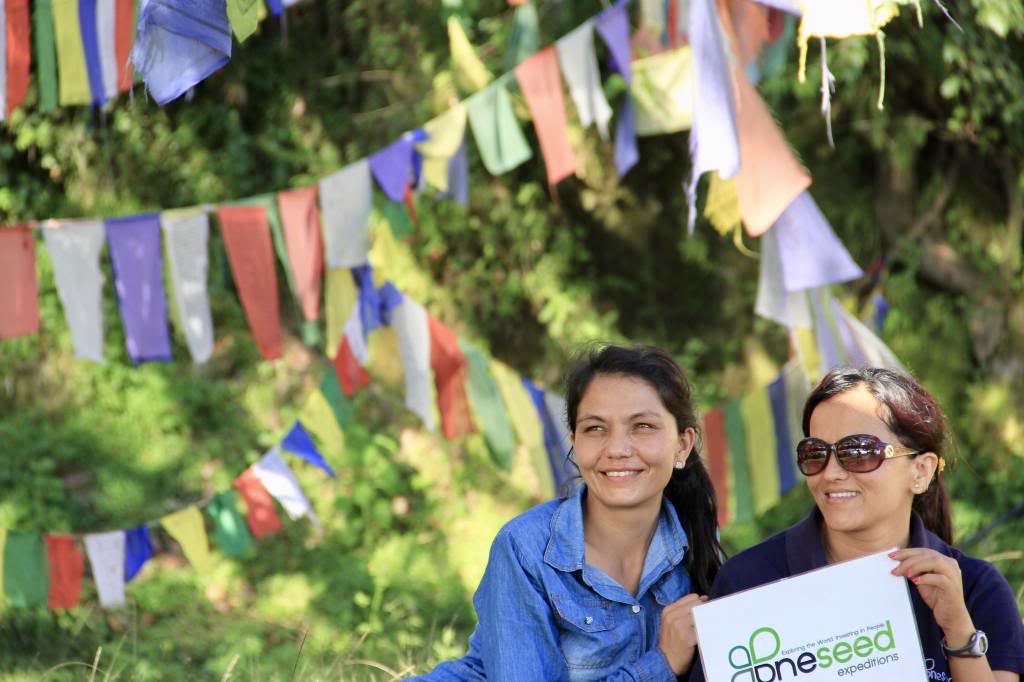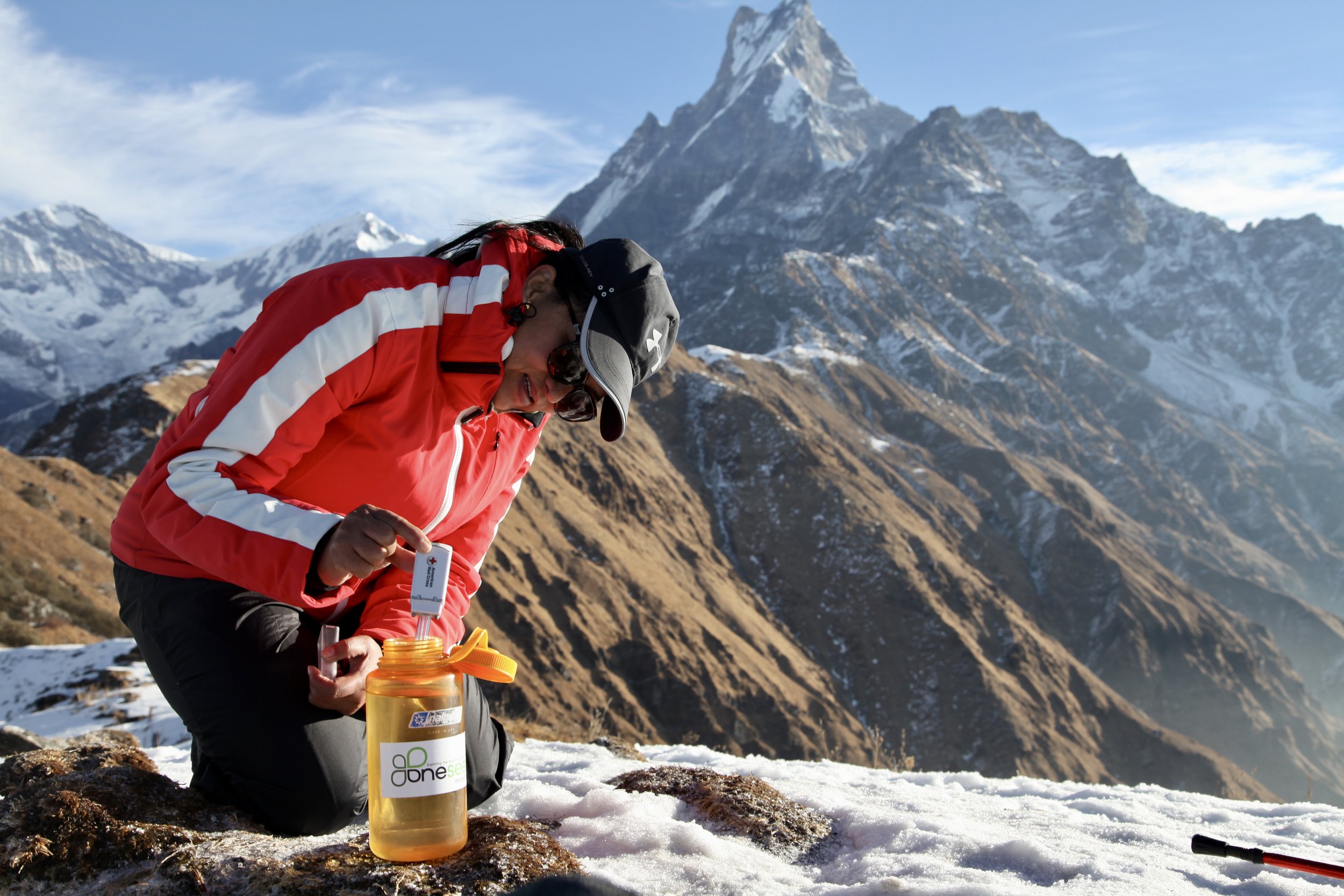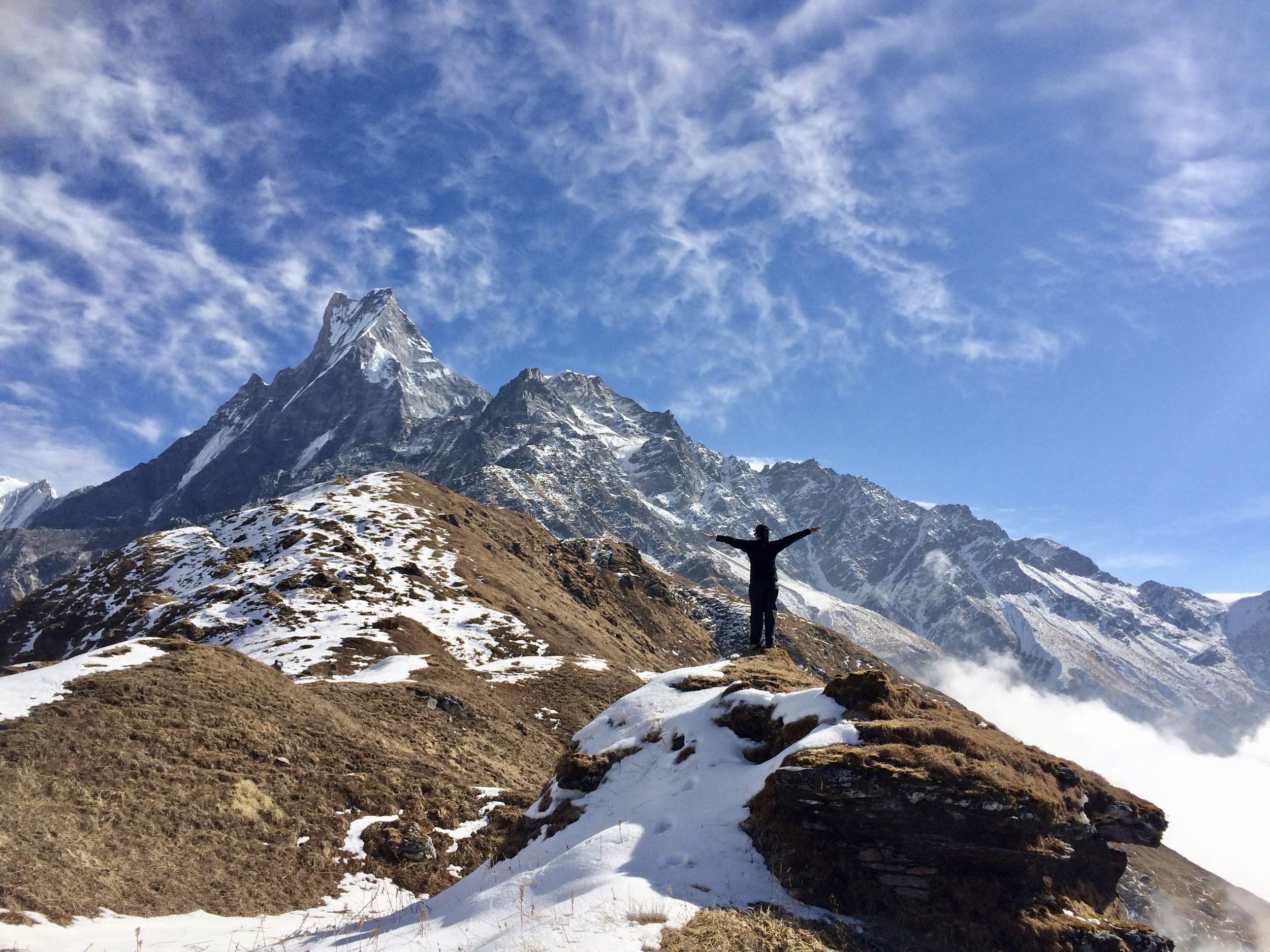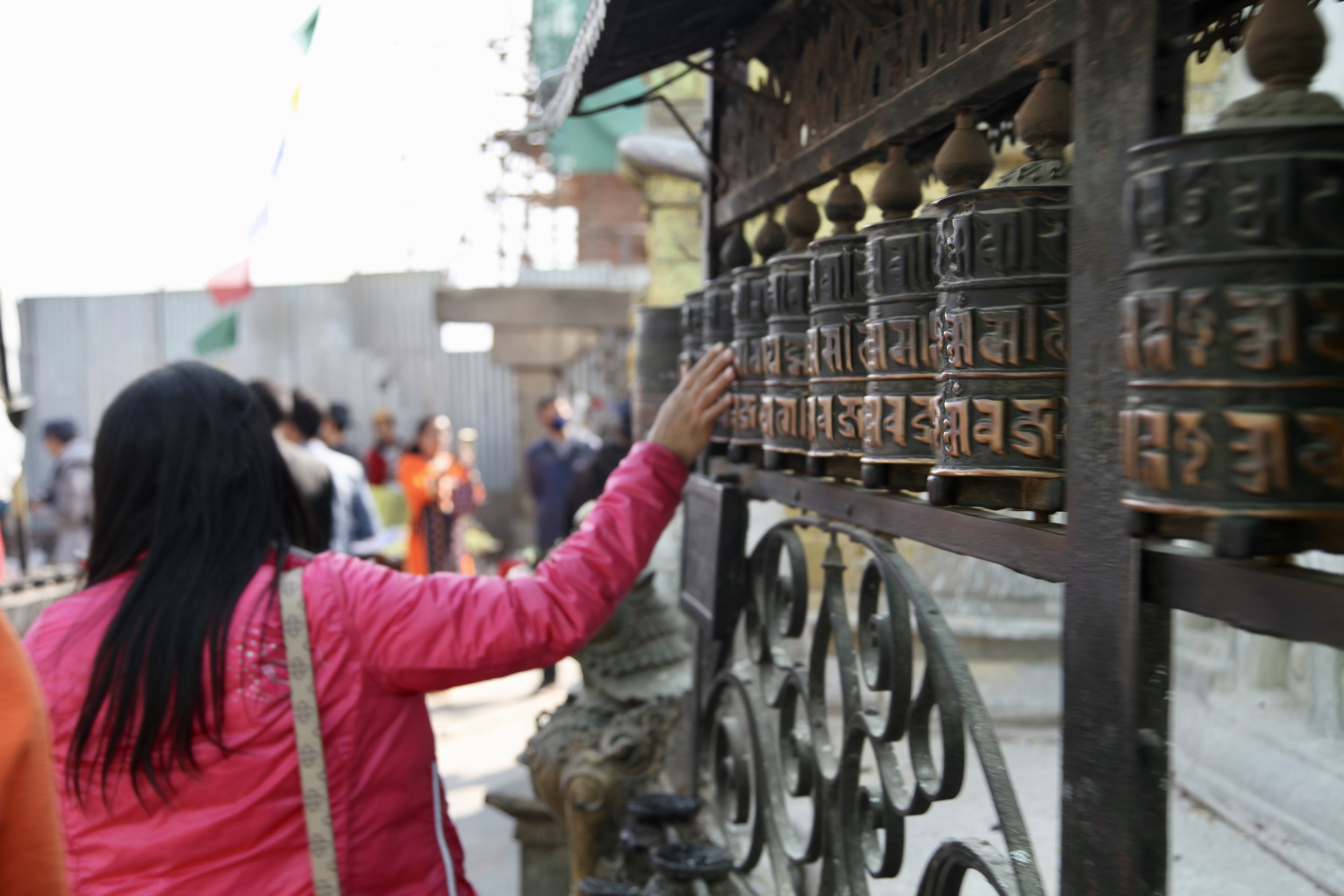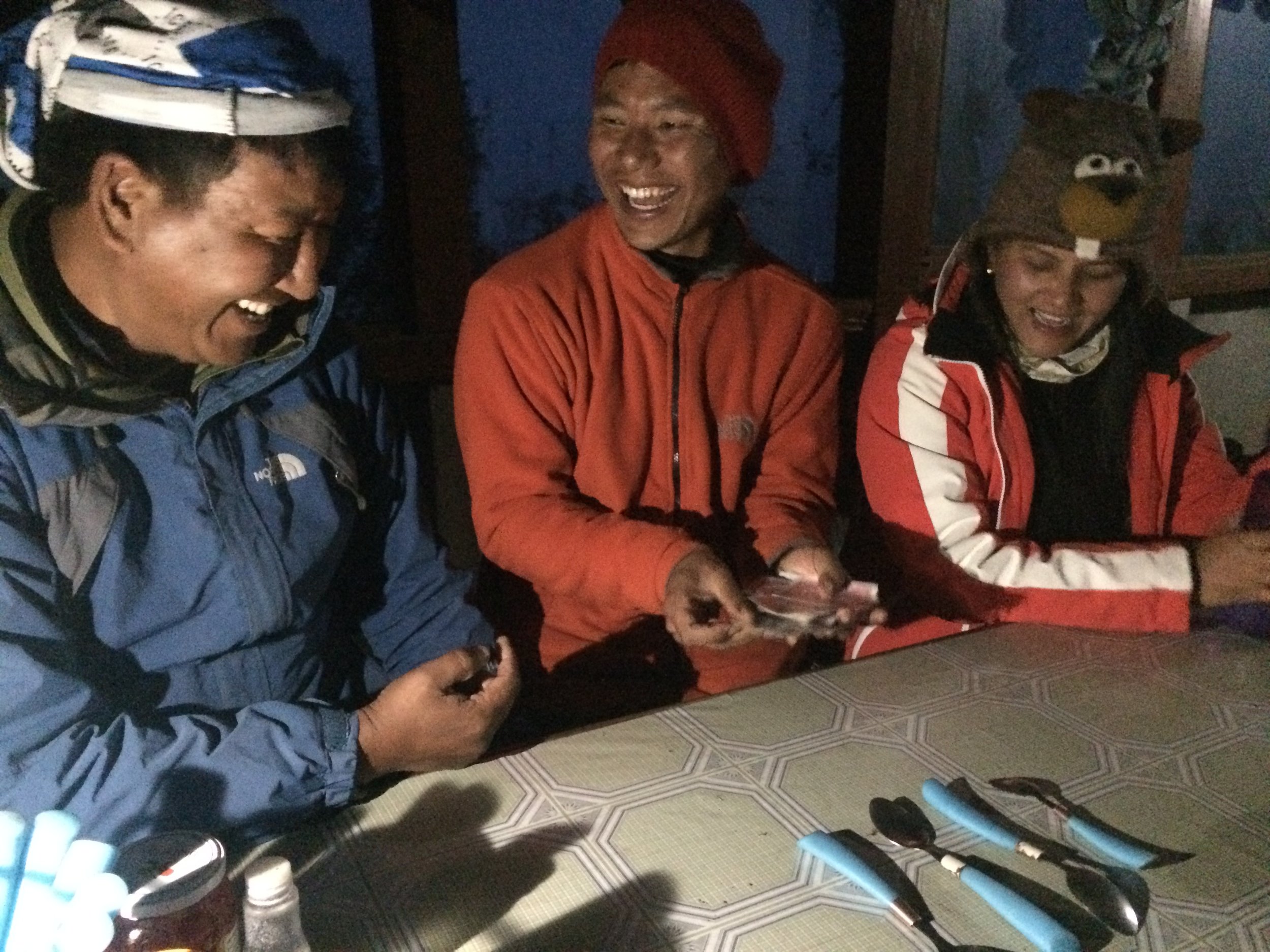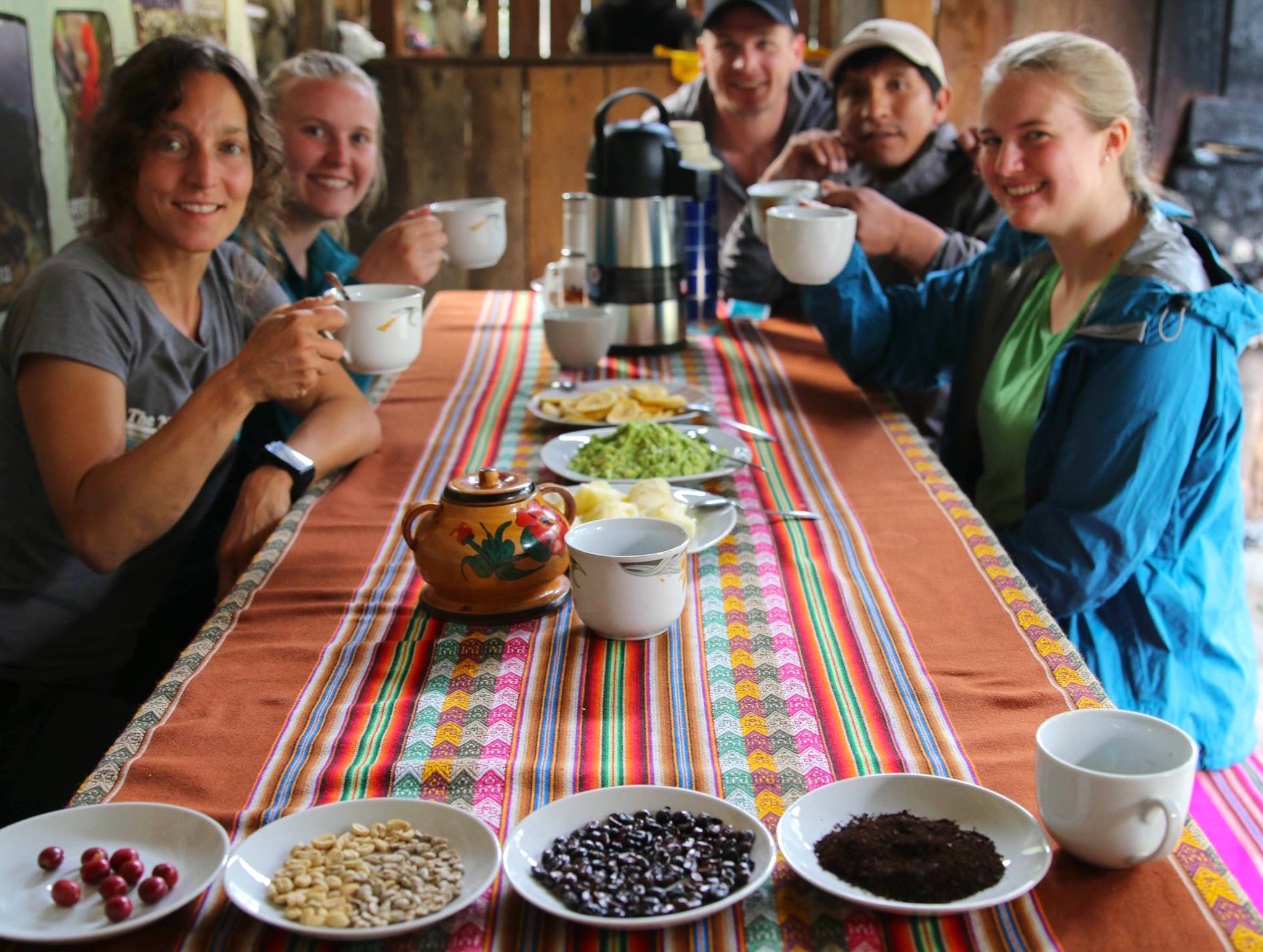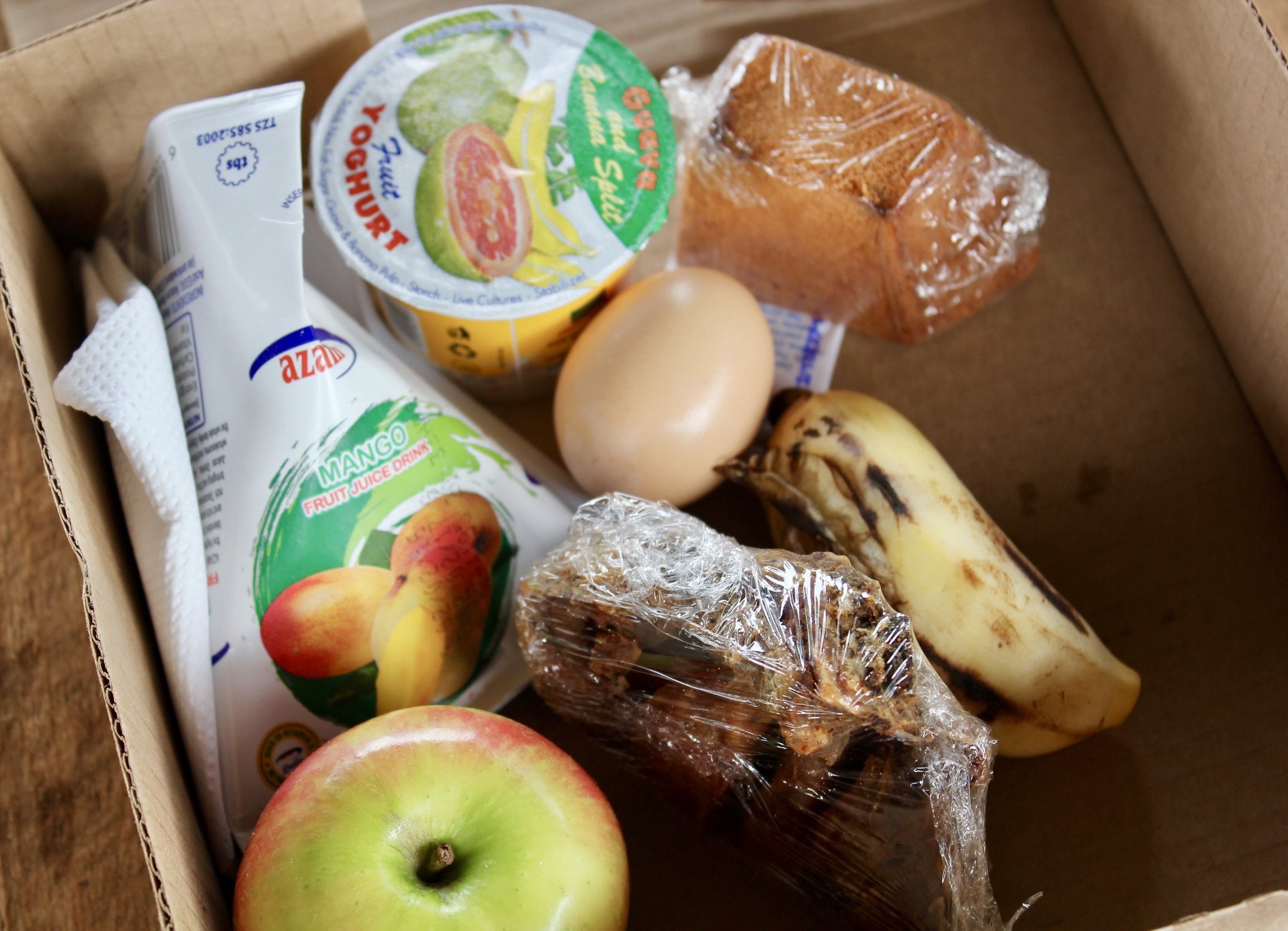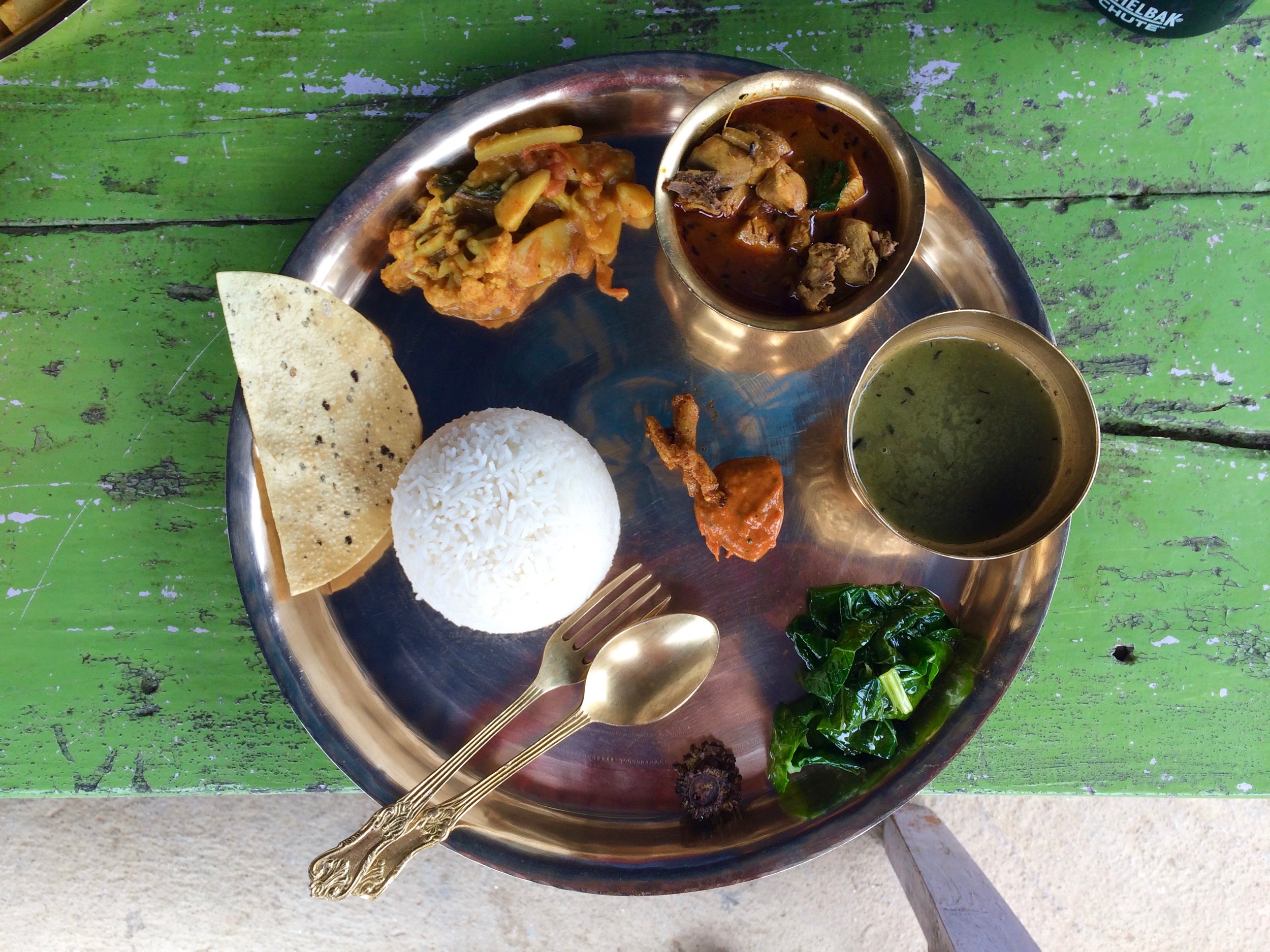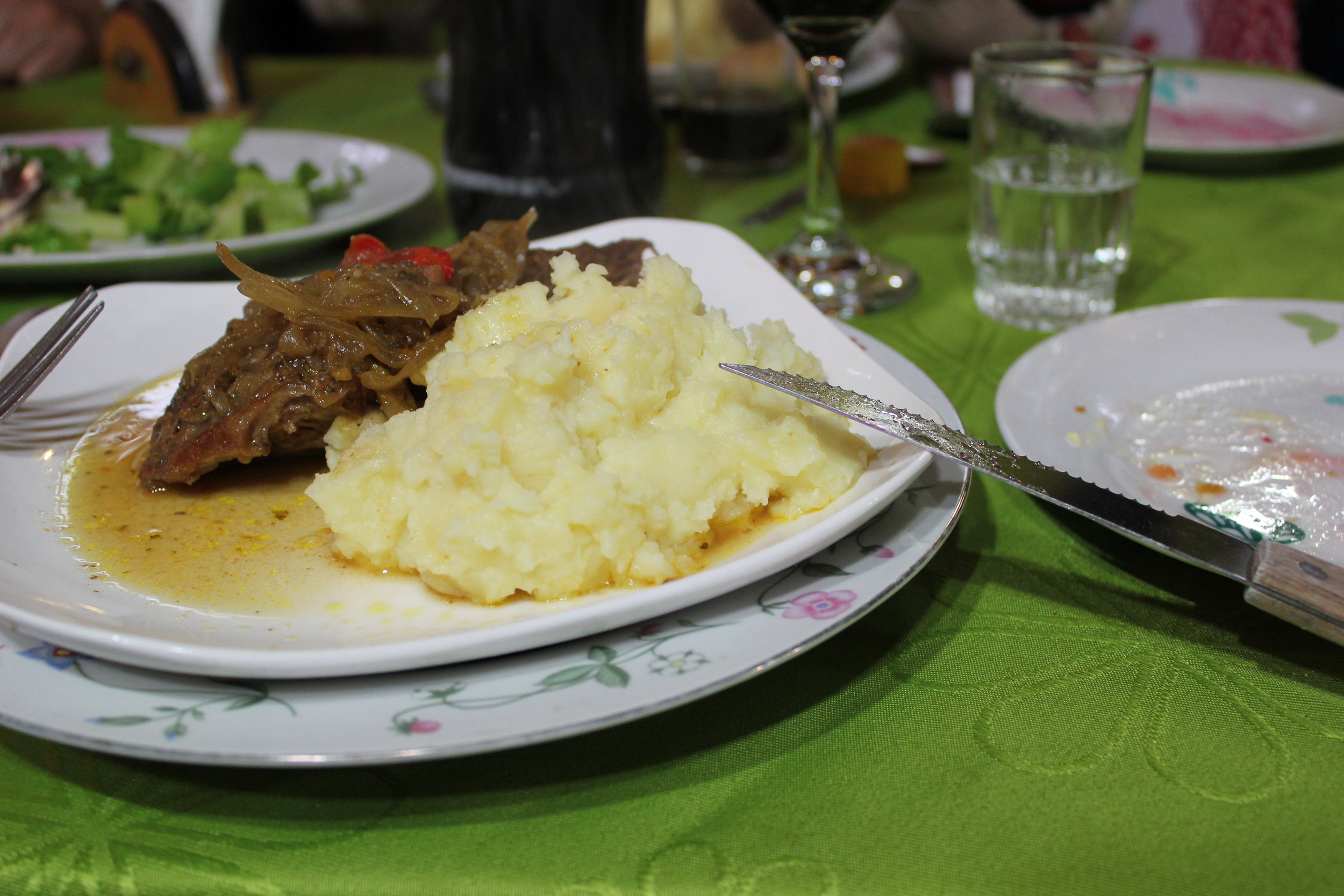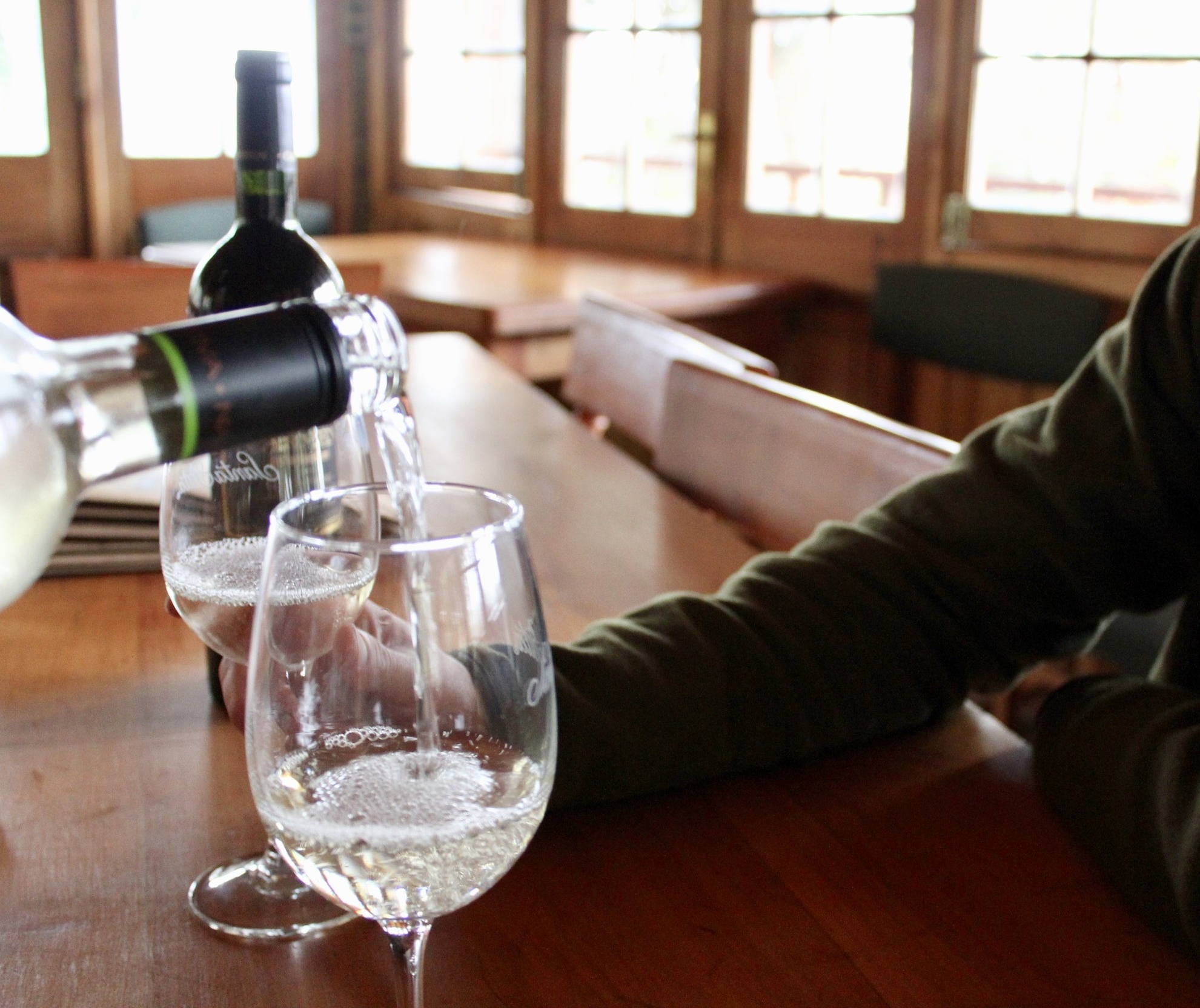Tribhuvan International Airport (KTM) - a rite of passage for any traveler arriving to Nepal via air. Reviewing these steps before you arrive will help the process go more smoothly:
Before you travel >
You will need to apply for your visa prior to traveling. Visit the Nepali Department of Immigration site, and complete the Electronic Visa application prior to departing your home country. When you land in Kathmandu, skip the kiosks and head directly to the payment counter, where you will pay for and receive your visa.
Visa Purchase >
Proceed to the counter to pay your visa fee in cash ($30 USD for up to 15 days, $50 USD for up to 30 days). Crisp, new, unmarked bills in USD are accepted, and you will be given a receipt as proof of payment. Now you are ready to present your documents to an immigration agent for inspection.
Clear Customs >
Proceed to any line marked for foreign nationals, and present your passport and visa receipt for inspection by an agent. Once approved, proceed down the escalator towards baggage claim.
Baggage Claim >
Prior to baggage claim, you will go through a security line and your carry-on luggage will go through a scanner. Collect your bags from the (usually chaotic) baggage claim.
Find Your OneSeed Driver >
Once you have your bags, exit the building and head just outside the airport to where various outfitters are waiting to pick up travelers. A member of the OneSeed team wearing a OneSeed shirt or holding a OneSeed sign (or both) will be among the other outfitters just outside the airport to guide you to a vehicle for transport to our partner hotel.
IMPORTANT: In the event that you do not see a OneSeed staff member just outside of baggage claim, do not take alternative transport! We will arrive shortly or you can contact us at operations@oneseedexpeditions.com or call or send a WhatsApp message to our team on the ground by clicking this link.
Make sure you have the following items before you depart the U.S.:
A pen. Pens are few and far between in the Kathmandu airport. Come prepared and avoid having to track one down.
Passport photos. These will be used for your trekking permits and must be the 3.5 cm x 4.5 cm “European sized,” which are a bit smaller than standard US passport photos:
Everest Base Camp / Langtang Journey (2 passport photos needed)
Manaslu Circuit (5 passport photos needed)
All other expeditions (3 passport photos needed)
Cash. At the airport you’ll need cash to pay for your tourist visa. As of August 2023, a 15-day visa costs $30 and a 1-month visa costs $50 USD
Contact/address information. On your immigration paperwork, you may be asked to add your hotel information.
Newa Chen Hotel - Kwalakhu Rd, Patan 44700, Nepal
Arriving Early and Handling Transportation on Your Own?
There are two prepaid taxi counters inside and outside of airport or you can choose to negotiate a price with a taxi driver outside
If you allow someone to help you with your bag, a $1 tip is appropriate
Negotiate a price before getting into the taxi
It can be helpful to take a picture of the taxi number (on the front or back of the car) just in case you leave something in the taxi. OneSeed can always help follow up with taxi driver via traffic police if we have the cab’s info.
A fair price to Thamel is 800 Rupees or about $7 USD


